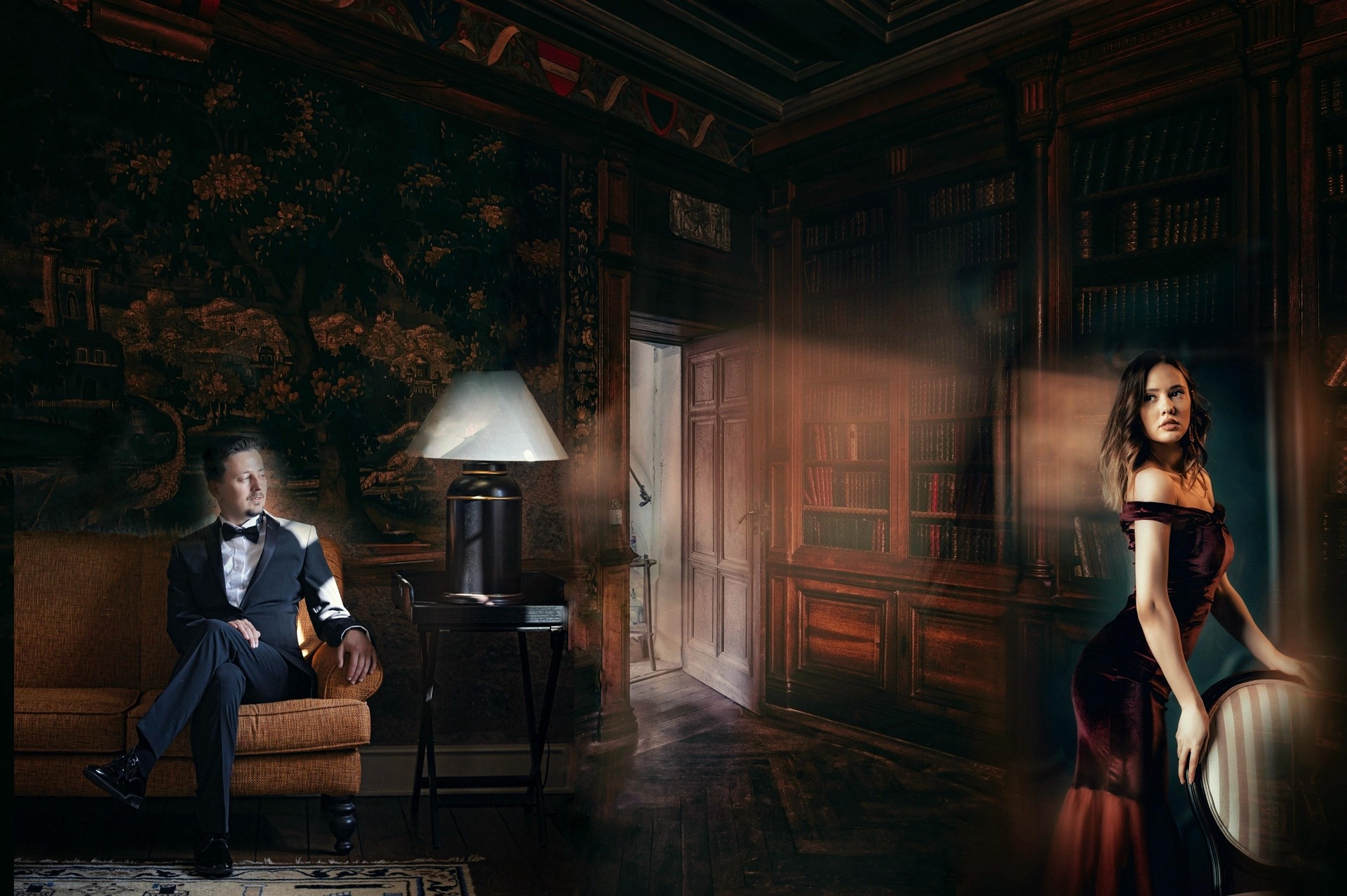Synesthesia in Modern Art: A Sensory Fusion
In the realm of arts and entertainment, the phenomenon of synesthesia, where one sensory pathway involuntarily elicits another, is increasingly influencing modern artistic expression. This article delves into the history, current developments, and the thrillingly complex impact of synesthesia within the arts.

A Colorful Past: The Origins of Synesthesia in Art
Synesthesia’s unique sensory cross-wiring has captivated artists for centuries. Notable figures such as Vincent van Gogh and Wassily Kandinsky were thought to be synesthetes, using their multi-sensory experiences to create vibrant masterpieces. The early 20th century saw the rise of synesthetic art as a movement, with artists seeking to encapsulate this phenomenon through painting, music, and sculpture.
Synesthesia Today: A Multidisciplinary Approach
Today, synesthesia is flourishing within the artistic community, transcending traditional boundaries of artistic disciplines. Contemporary artists like Melissa McCracken and Neil Harbisson use their synesthetic experiences to create stunning visual interpretations of music. Meanwhile, in the film industry, directors like Terrence Malick employ synesthetic techniques to blend sight and sound, creating immersive cinematic experiences.
Impact and Reception: Synesthesia’s Role in Artistic Expression
Synesthesia’s influence is profound, reshaping our understanding of sensory perception and artistic expression. It challenges the conventionally separate senses, encouraging a holistic view of human experience. Critically, it has been received with fascination and intrigue, with exhibitions dedicated to synesthetic art drawing large crowds worldwide. Its unique sensory blend captivates audiences, offering them a glimpse into the world of a synesthete.
The Research Behind the Art: Synesthesia’s Scientific Backing
Scientific research into synesthesia has validated its existence and influenced its artistic applications. Studies have revealed that synesthetes do indeed experience a blurring of sensory boundaries, with particular sensory stimuli evoking additional, unrelated sensory responses. This understanding has fueled its usage in the arts, providing a credible basis for this sensory fusion’s artistic exploration.
The Future of Synesthesia in Art: Predictions and Possibilities
Synesthesia’s future in the arts looks bright. As our understanding of this phenomenon deepens, it’s likely that more artists will incorporate synesthetic elements into their work. Furthermore, advancements in technology could lead to innovative ways of expressing synesthesia, such as virtual reality experiences that simulate synesthetic perceptions. This sensory fusion continues to push artistic boundaries, promising a vibrant and exciting future for synesthesia within the arts and entertainment industry.
In conclusion, synesthesia offers a unique, multi-sensory perspective on the world, and its influence on the arts continues to grow. From its historical roots to its modern applications and future potential, synesthesia presents an intriguing blend of science and art, offering fresh avenues for creative expression. Its impact is significant, reshaping our understanding of sensory perception and offering a captivating, boundary-pushing element to the arts and entertainment landscape.




